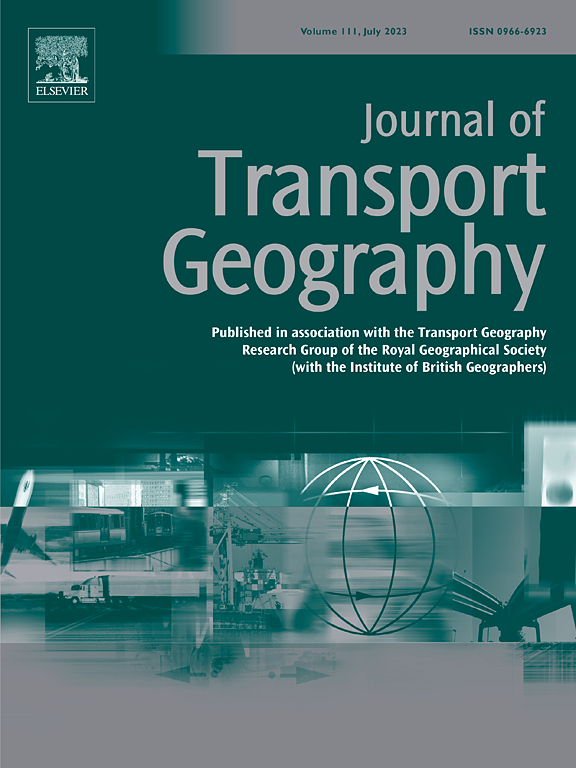Port power 02: Chinese geoeconomic hopes and American geopolitical fears
IF 5.7
2区 工程技术
Q1 ECONOMICS
引用次数: 0
Abstract
The port power concept analyzes achieving a hegemonic position over ports as a sign of geopolitical transition towards a new order. It has focused on the material structures of power transfer through the construction, development, hegemony, and ownership of ports, and the discursive analysis is limited to examining port-based geopolitical codes. Here, we develop the idea of port power by adding a discursive layer of the emotional and narrative spaces that govern ports through an empirical study of the “framing of China's hopes” to become a hegemon with peaceful images, contrasting with “US fears” in producing images of threat from China's malign rise. In the geopolitical analysis of the spatial relations of political and economic power, we examine the interaction of simultaneous material and discursive processes in the construction of ports and connections. This approach can provide a geopolitical understanding of geographical imagination and mental mappings in producing real and imaginary spaces. This article examines China's presence in global shipping geographies from three perspectives. First, it analyzes the production of China's geopolitical and geoeconomic imaginations of ports to generate a sense of hope from investment projects to attract more foreign port states. Then it examines the spatial arrangement of China's port discourse for material articulation in maritime shipping geographies and global strategic nodes. Finally, it analyzes the US and others' geopolitical fears of China's port power.
港口力量 02:中国地缘经济的希望与美国地缘政治的担忧
本文章由计算机程序翻译,如有差异,请以英文原文为准。
求助全文
约1分钟内获得全文
求助全文
来源期刊

Journal of Transport Geography
Multiple-
CiteScore
11.50
自引率
11.50%
发文量
197
期刊介绍:
A major resurgence has occurred in transport geography in the wake of political and policy changes, huge transport infrastructure projects and responses to urban traffic congestion. The Journal of Transport Geography provides a central focus for developments in this rapidly expanding sub-discipline.
 求助内容:
求助内容: 应助结果提醒方式:
应助结果提醒方式:


